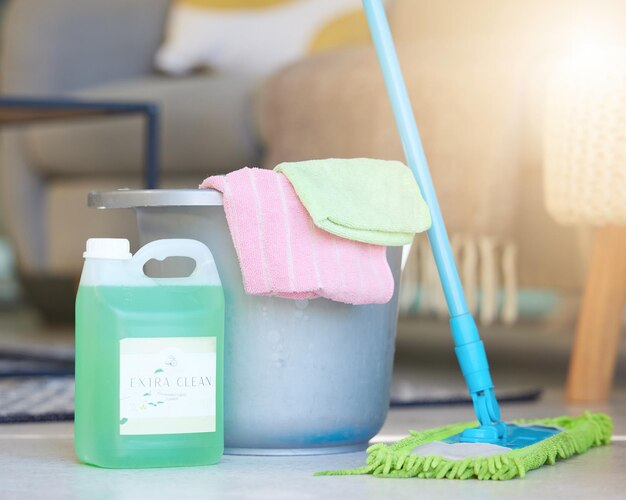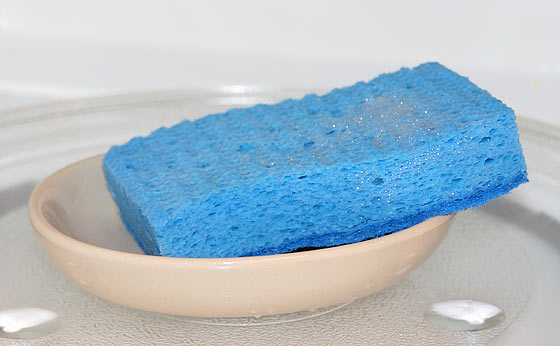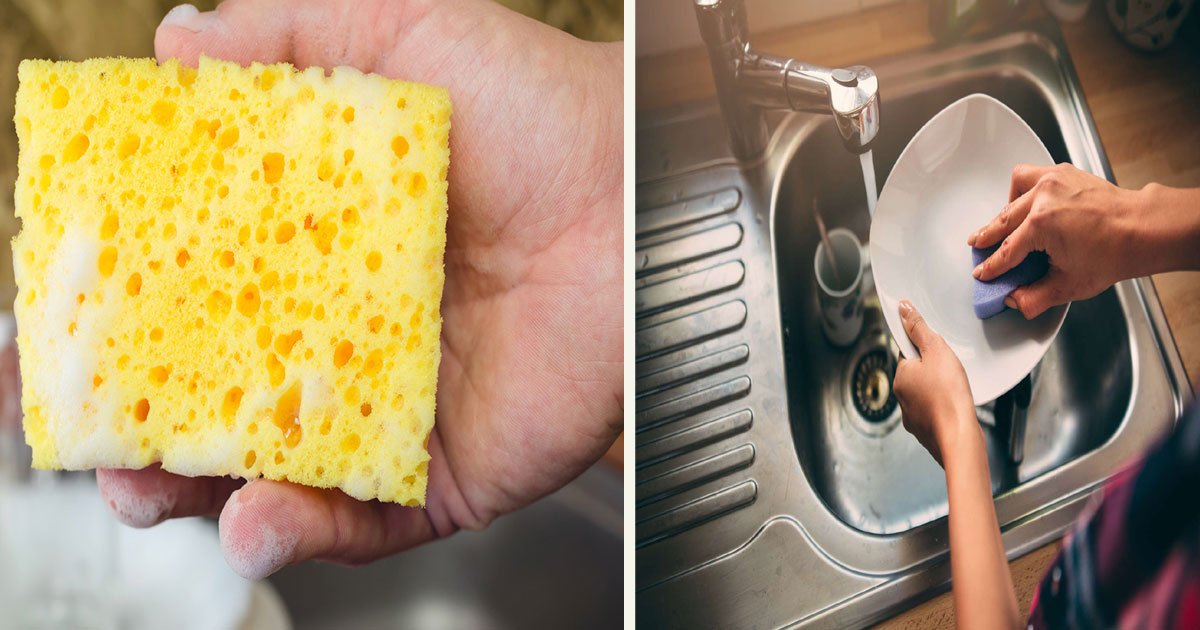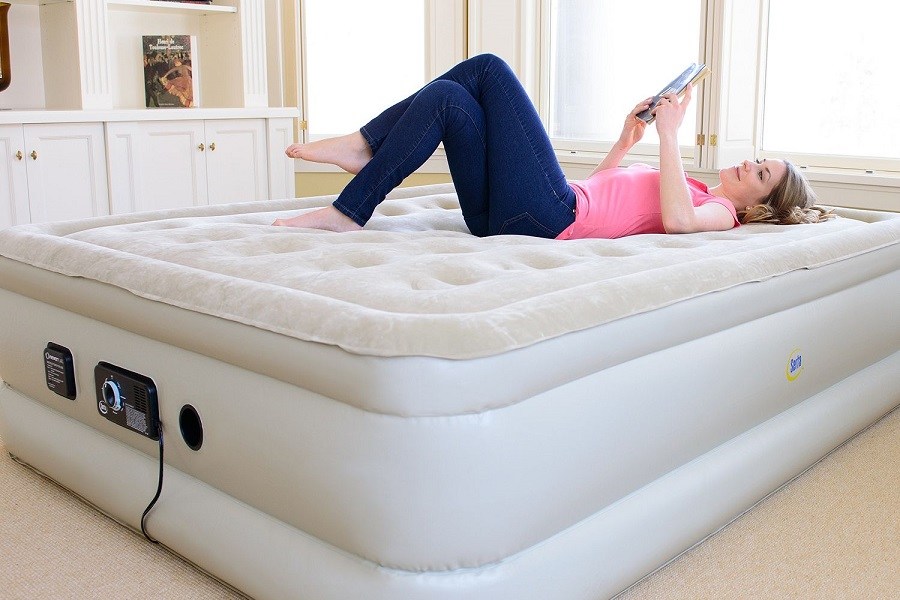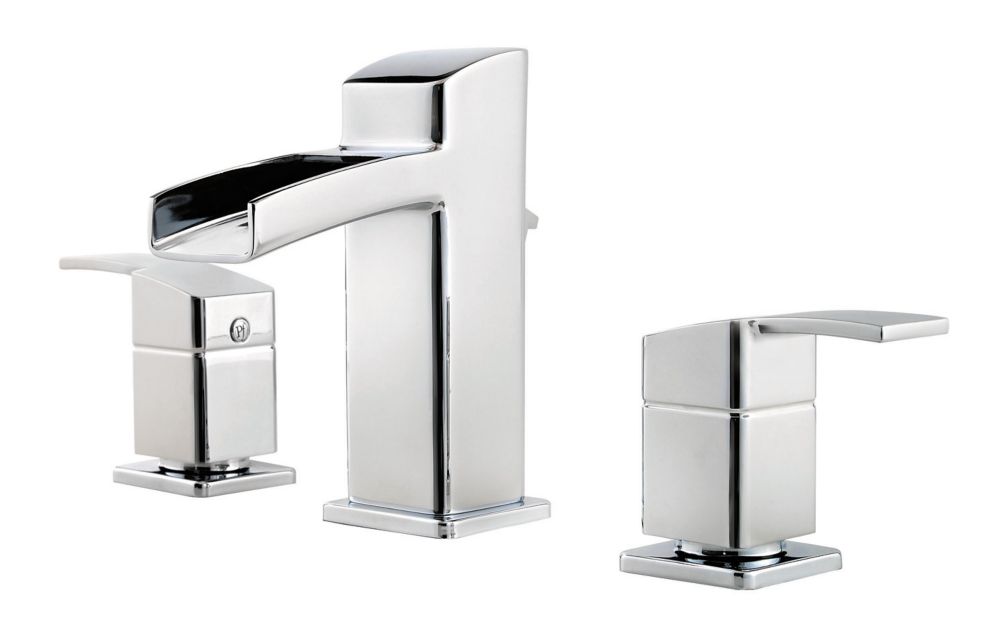Kitchen sponges are an essential tool in any kitchen. They help us to clean dishes, countertops, and other surfaces, making our lives easier. However, did you know that your kitchen sponge could be harboring millions of germs? According to a study by the National Science Foundation, the kitchen sponge is the dirtiest item in the average household, with more bacteria per square inch than the toilet seat. That's a shocking fact that should make us all think twice about how we clean and take care of our kitchen sponges.How to Clean a Kitchen Sponge and Get Rid of Germs
Before we dive into the best ways to clean a kitchen sponge, let's first understand what makes them so germy. Our kitchen sponges are constantly exposed to food particles, moisture, and warm temperatures, creating the perfect breeding ground for bacteria. And every time we use our sponges, we transfer these bacteria onto our dishes and countertops, putting our health at risk.What Makes Kitchen Sponges So Germy?
The first step in keeping your kitchen sponge clean and germ-free is to replace it regularly. Experts recommend replacing your sponge every two weeks. However, if you notice any signs of wear and tear, such as a foul smell or visible discoloration, it's time to replace it sooner.1. Replace Your Sponge Regularly
While replacing your sponge regularly is essential, it's also crucial to sanitize it daily. A study published in Scientific Reports found that microwaving your kitchen sponge for one minute can kill 99.999% of bacteria. Alternatively, you can also soak your sponge in a solution of 3/4 cup of bleach per gallon of water for five minutes to kill germs.2. Sanitize Your Sponge Daily
After each use, make sure to thoroughly rinse your sponge with hot water and soap. Hot water and soap are effective in removing food particles and bacteria from the sponge's surface. Additionally, make sure to squeeze out any excess water and store your sponge in a dry place to prevent the growth of bacteria.3. Use Hot Water and Soap
Raw meat is a breeding ground for harmful bacteria such as E. coli and salmonella. Using your kitchen sponge to clean raw meat can transfer these bacteria onto your dishes and countertops. Instead, use a separate sponge or cloth designated for cleaning raw meat and make sure to disinfect it after each use.4. Don't Use Your Sponge on Raw Meat
If you have a dishwasher, consider using it to clean your kitchen sponge. Studies have shown that running your sponge through a dishwasher cycle at a high temperature can effectively kill bacteria. Just make sure to place your sponge on the top rack and run a full cycle.5. Consider Using a Dishwasher
Cutting boards are another item in our kitchen that can harbor bacteria. Using your kitchen sponge to clean cutting boards can transfer these bacteria onto your dishes and countertops. Instead, use a separate sponge or cloth designated for cleaning cutting boards, and make sure to disinfect it after each use.6. Don't Use Your Sponge on Cutting Boards
As mentioned earlier, moisture is one of the main factors that contribute to the growth of bacteria on kitchen sponges. After each use, make sure to thoroughly dry your sponge. You can do this by squeezing out any excess water and placing your sponge in a well-ventilated area.7. Dry Your Sponge After Each Use
If you're concerned about using harsh chemicals to clean your kitchen sponge, consider using a natural alternative. Mix equal parts of water and white vinegar and soak your sponge in the solution for at least five minutes to kill bacteria. You can also add a few drops of essential oil for a pleasant scent.8. Use a Natural Alternative
The Hidden Dangers of Kitchen Sink Sponges: How Germs are Lurking in Your Home

Cleaning your kitchen sink may not be enough
 You may think that regularly cleaning your kitchen sink with soap and water is enough to keep it clean and germ-free. However, studies have shown that the
kitchen sink sponge
is actually one of the dirtiest items in your home. In fact, it can contain more germs than your toilet seat! This may come as a shock, but it's true. The warm, damp environment of your kitchen sink provides the perfect breeding ground for bacteria to thrive.
You may think that regularly cleaning your kitchen sink with soap and water is enough to keep it clean and germ-free. However, studies have shown that the
kitchen sink sponge
is actually one of the dirtiest items in your home. In fact, it can contain more germs than your toilet seat! This may come as a shock, but it's true. The warm, damp environment of your kitchen sink provides the perfect breeding ground for bacteria to thrive.
What kind of germs are lurking in your kitchen sink sponge?
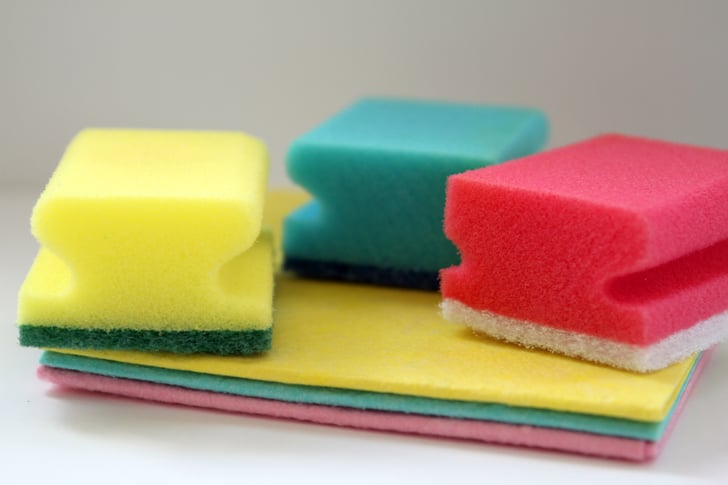 The most common types of bacteria found in a
kitchen sink sponge
are E.coli, salmonella, and campylobacter. These germs can cause serious illnesses such as food poisoning, which can lead to vomiting, diarrhea, and even hospitalization. This is especially concerning for households with young children or elderly individuals, who may have weaker immune systems.
The most common types of bacteria found in a
kitchen sink sponge
are E.coli, salmonella, and campylobacter. These germs can cause serious illnesses such as food poisoning, which can lead to vomiting, diarrhea, and even hospitalization. This is especially concerning for households with young children or elderly individuals, who may have weaker immune systems.
How do these germs get on your kitchen sink sponge?
 Think about all the different things you use your kitchen sink sponge for - washing dishes, wiping down counters, cleaning up spills. It's no wonder it becomes a breeding ground for germs. The warm, moist environment is the perfect place for bacteria to multiply. And when you use a dirty sponge to clean your dishes or surfaces, you're just spreading those germs around.
Think about all the different things you use your kitchen sink sponge for - washing dishes, wiping down counters, cleaning up spills. It's no wonder it becomes a breeding ground for germs. The warm, moist environment is the perfect place for bacteria to multiply. And when you use a dirty sponge to clean your dishes or surfaces, you're just spreading those germs around.
How can you protect yourself and your family?
 The best way to combat germs in your
kitchen sink sponge
is to regularly replace it with a new one. Experts recommend replacing your sponge every 1-2 weeks to prevent the buildup of bacteria. You can also disinfect your sponge by microwaving it for 1-2 minutes or running it through the dishwasher on the hottest cycle. Another option is to switch to a washable, reusable dishcloth or brush for cleaning, which can be washed and sanitized regularly.
The best way to combat germs in your
kitchen sink sponge
is to regularly replace it with a new one. Experts recommend replacing your sponge every 1-2 weeks to prevent the buildup of bacteria. You can also disinfect your sponge by microwaving it for 1-2 minutes or running it through the dishwasher on the hottest cycle. Another option is to switch to a washable, reusable dishcloth or brush for cleaning, which can be washed and sanitized regularly.
Don't forget about the rest of your kitchen
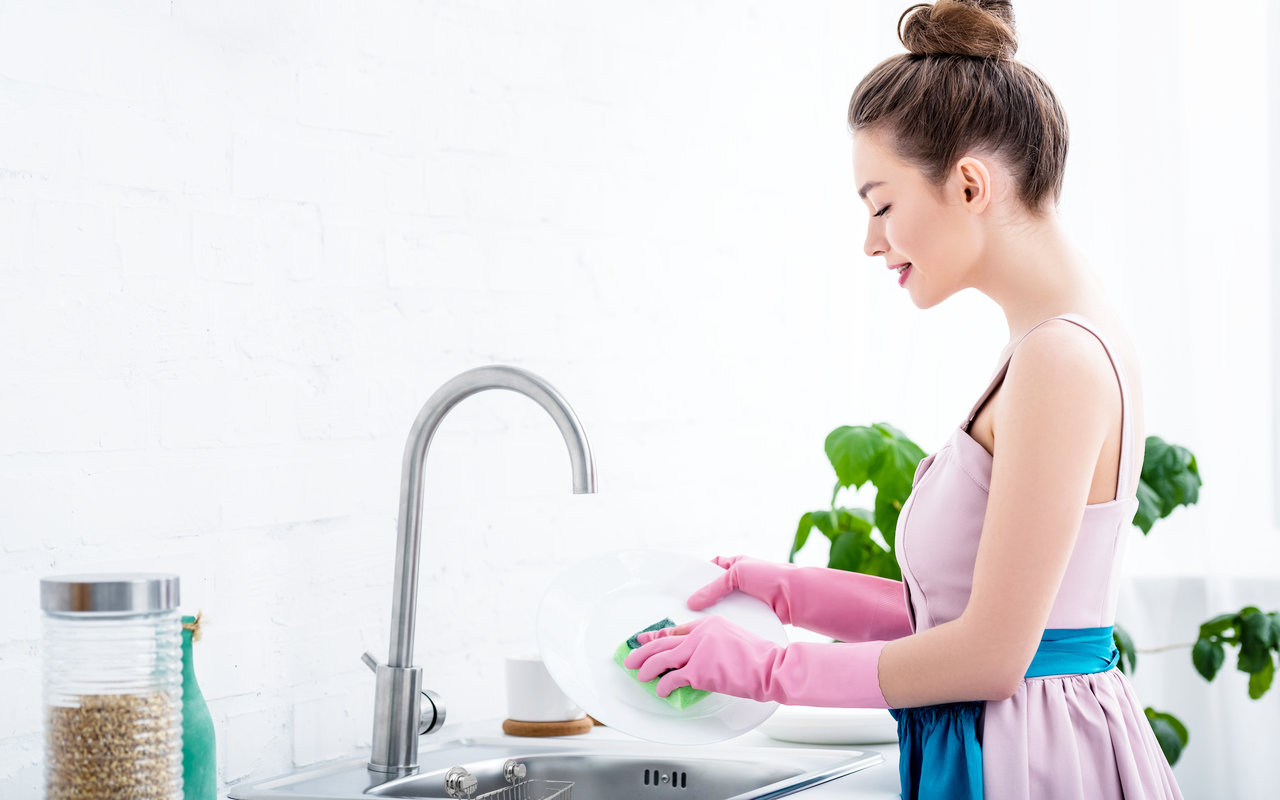 While the
kitchen sink sponge
may be a major culprit for germs, it's important to remember to regularly clean and disinfect other areas of your kitchen as well. This includes countertops, cutting boards, and kitchen towels. Using a disinfectant cleaner or a mixture of water and vinegar can help kill any lingering bacteria.
While the
kitchen sink sponge
may be a major culprit for germs, it's important to remember to regularly clean and disinfect other areas of your kitchen as well. This includes countertops, cutting boards, and kitchen towels. Using a disinfectant cleaner or a mixture of water and vinegar can help kill any lingering bacteria.
In conclusion
:focal(2944x1818:2945x1819)/https://tf-cmsv2-smithsonianmag-media.s3.amazonaws.com/filer_public/ec/a0/eca02f77-5fdf-4266-b075-b23245c3436c/gettyimages-1323845105.jpg) Don't let the
kitchen sink sponge
be the hidden danger in your home. Take the necessary steps to keep it clean and germ-free, and don't forget to regularly clean and disinfect other areas of your kitchen as well. By doing so, you can ensure a healthy and safe environment for you and your family.
Don't let the
kitchen sink sponge
be the hidden danger in your home. Take the necessary steps to keep it clean and germ-free, and don't forget to regularly clean and disinfect other areas of your kitchen as well. By doing so, you can ensure a healthy and safe environment for you and your family.







